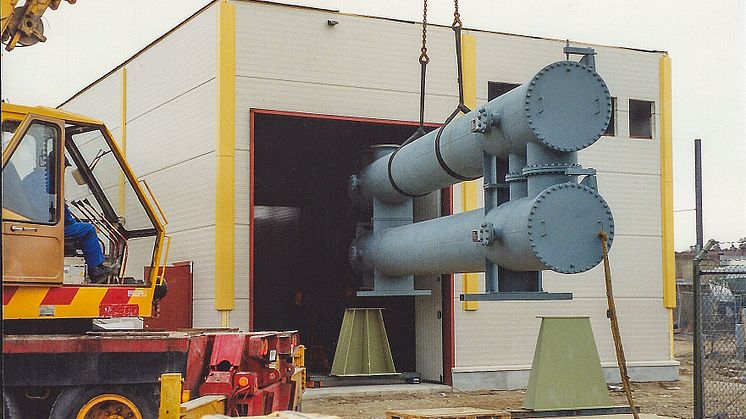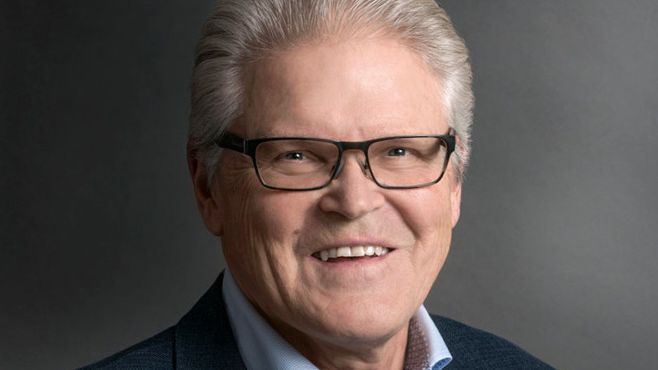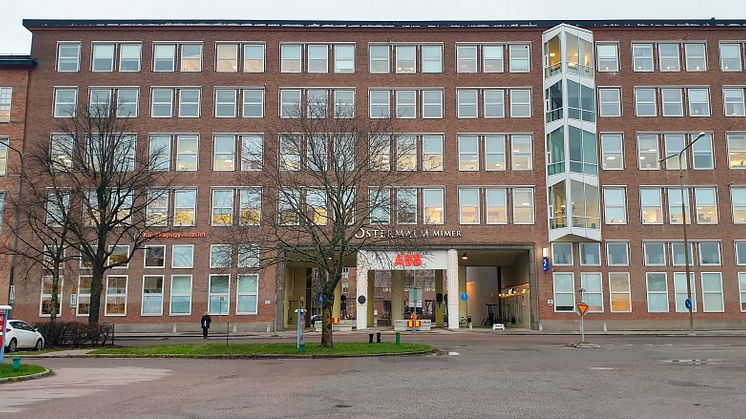
Press release -
FVB introduced district cooling in Sweden
Sweden’s first district cooling plant was put into operation in Västerås in 1992. This is thanks to FVB employee Anders Rydåker bringing the technology with him from the US. Today, district cooling exists in 40 cities in Sweden and is now expanding significantly.
In the early 1980s, Anders Rydåker started FVB’s office in the U.S., where he worked with district heating and district cooling. It is precisely in the US that the world’s first district cooling system was built as early as 1962 and many of the country’s universities use district cooling.
“I did an investigation on district cooling in St. Paul, Minnesota and learned about both the technology and the need for it. I realized that there could be a market for this in Sweden, especially considering our extensive experience with district heating, which ought to facilitate the introduction of district cooling,” says Anders Rydåker.
When Anders Rydåker returned to Sweden in 1990, he thus presented the business idea to FVB’s CEO at the time, Björn Andersson, and also contacted Värmeverksföreningen (the Swedish Heating Plant Association). Things developed quickly after that.
“It only took six months from the first discussion to a decision to invest in district cooling in Västerås. The city of Stockholm had previously conducted a study that showed that there was a need for cooling in the capital. When Västerås started building district cooling, the energy company in Stockholm also became interested in expanding district cooling and today they have one of the world’s largest district cooling systems. It’s a cool development,” says Anders Rydåker.


The first district cooling systems in Sweden used heat pumps, which is still an important form of production. The most common form of production is to use absorption cooling, where district heating is used as an energy source. Other forms of production are district cooling from cooling machines and free cooling, which is taken from streams and rivers. The output is close to 1 TWh and there is currently a major expansion happening in many cities. There is a large number of customers who want to have comfort cooling – something that was not at all part of the discussion when Anders Rydåker introduced the idea in the early ‘90s.
“Air conditioning was common in the US, but it was still unusual in Sweden. Some customers were negative towards the idea and thought that we didn’t need comfort cooling in Sweden, because we have such a cold climate,” says Anders Rydåker.
So he and two of his colleagues went around the country and advocated for district cooling.
“I went to over 20 cities, from Helsingborg in the south to Östersund in the north. Looking back on it now, I’m proud of the development of district cooling in Sweden, where we went from one system to 40 systems today and thus saved a lot of electricity,” says Anders Rydåker. He also believes that FVB’s district cooling business has led to many interesting assignments, and that the staff was inspired by a new business area.
Related links
Topics
Categories
Regions
FVB is a leading consultant in the Energy, Industry, Property, Electrical & Automation and Water & Sewage sectors.
Through our branch offices in Sweden, the UK, Canada and the US, we provide increased value for our customers by maintaining a local presence in a globalised market.
By offering high-level competence, unwavering commitment and solutions which are both efficient and green, our goal is to reduce environmental impact, contribute to a sustainable society and create profitability for our customers. FVB District Energy UK



